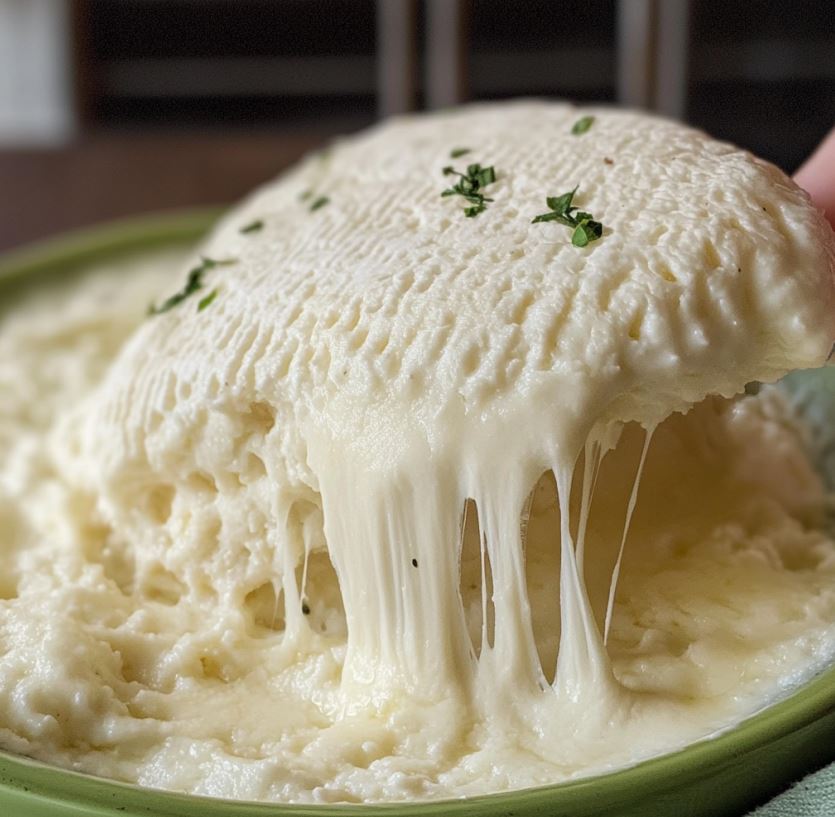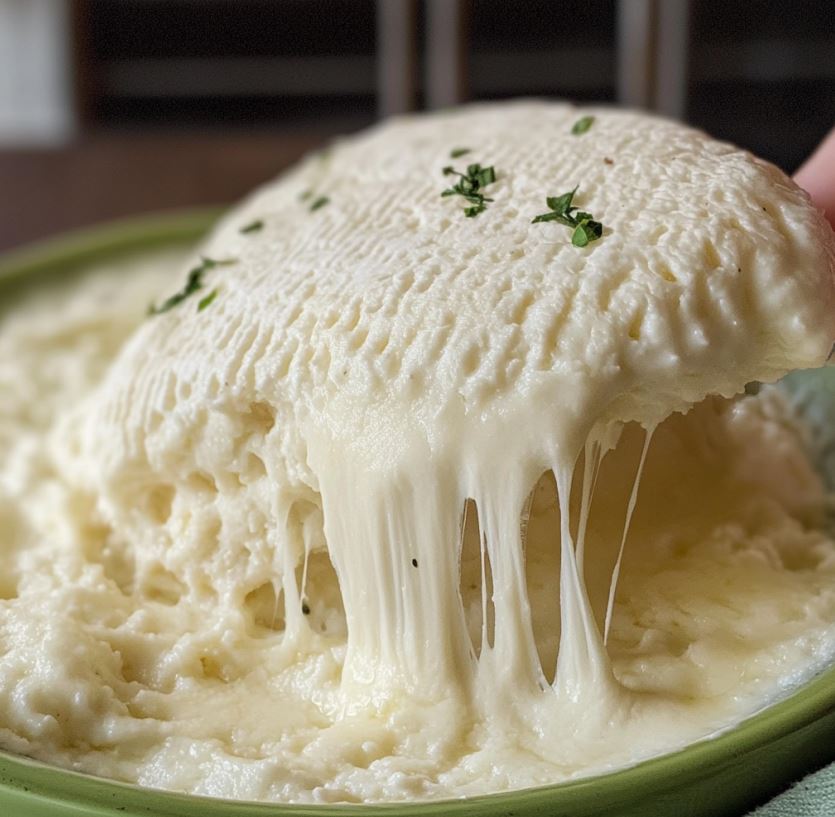
3-Ingredient Homemade Cheese: Easy Recipe for Beginners
Making homemade cheese is easy and doesn’t need to be hard. This simple recipe uses just milk, lemon juice, and salt. It makes a fresh, tangy cheese in just 30 minutes. It’s perfect for beginners because it skips the fancy stuff and focuses on taste.
You don’t need any special tools, just a pot and a colander. Learn how simple it is to make cheese at home. This recipe shows that delicious cheese can come from basic ingredients found in your pantry.
Introduction: The Charm of Simple Homemade Cheese
Making cheese at home is more than a trend. It’s a way to connect with food’s roots. The easy cheese recipe we’ll explore turns simple pantry items into something tasty. It breaks down barriers that once seemed too hard.
This easy method lets anyone enjoy making something special. It’s a fun way to discover the joy of creating something unique.
The Inspiration Behind the Recipe
Traditional cheese-making can seem complex. But this recipe simplifies it. It’s inspired by minimalist cooking, keeping things simple yet flavorful.
It’s a modern twist on old techniques, fitting for any kitchen. The aim is to show that easy cheese recipe methods can match store-bought in taste and texture.
Benefits of Going Homemade
- Freshness: Control the ingredients, avoiding additives found in commercial products.
- Creativity: Experiment with herbs, spices, or flavors to make the easy cheese recipe your own.
- Cost-Effective: A single batch costs less than pre-packaged cheese, perfect for weekly meals.
Whether you’re new to cooking or a kitchen pro, this method is for you. It’s about enjoying the process and the delicious results. Let’s explore how beginners can master this timeless craft.
Ingredients and Must-Have Kitchen Tools
Starting with beginner cheese making is easy. You don’t need a lot of special items or expensive tools. Let’s look at what you’ll need before you start.
Simple, Easy-to-Find Ingredients
Three ingredients are key for this recipe:
- Milk: Whole milk is best—pick any brand from your local store.
- Citric acid: You can find this powder in baking aisles or online, like Bob’s Red Mill.
- Use kosher or non-iodized salt for the best taste.
These ingredients are affordable and easy to find. They make it simple for beginners to start.
Essential Equipment for Beginners
Here are a few tools you’ll need:
- A large pot (stainless steel is best).
- A thermometer (try an OXO instant-read model for accuracy).
- Cheesecloth or a clean kitchen towel for draining.
- A colander and mixing spoon.
You probably already have most of these items in your kitchen. If not, they’re easy to find and won’t break the bank. Quality matters for tools like thermometers, but keep it simple. This way, beginner cheese making is both easy and fun.
Step-by-Step Preparation Guide
Learn to make a quick cheese recipe in just minutes. Don’t worry if you’re new to cooking. This guide makes it easy and stress-free.
- Mix milk, vinegar, and salt in a saucepan. Stir gently until they mix well—it takes just a minute or two.
- Heat over medium-low heat, stirring now and then. Look for bubbles around the edges. This means it’s ready. Don’t let it boil!
- When curds form (they look like soft clumps), stop heating. Let it rest for 5 minutes to solidify.
- Put a colander over a bowl and line it with cheesecloth or a clean towel. Pour the mixture in and let it drain for 10-15 minutes. Press gently with a spoon to get rid of extra liquid.
- Season with herbs or spices while it’s still warm. Shape it into a block or ball with your hands. Chill in the fridge for 1 hour before serving.
Pro tip: For creamier cheese, chill the curds 30 minutes before draining. Adjust the seasoning to your liking—garlic powder or black pepper are great with this quick cheese recipe.
- Too runny? Strain it longer or use less liquid.
- Too crumbly? Check the heat—it should be between 180-190°F (82-88°C) for the best curds.
- Storage tip: Wrap it tightly in parchment paper for up to 1 week.
This method works with any non-UHT milk. Try adding flavors like dill or smoked paprika for something different. Enjoy your homemade cheese in salads, on crackers, or as a party snack!
Master the Technique: 3 INGREDIENTS HOMEMADE CHEESE
Getting good at DIY cheese making is all about making small changes. Even simple recipes like this 3-ingredient version need careful steps. Here’s how to improve your technique:
Mixing and Heating Tips
- Heat milk slowly to 90°F (32°C) using a thermometer. Avoid sudden temperature changes to prevent curd problems.
- Stir gently but consistently during acid addition. Too much mixing can break the curds, while too little can cause uneven setting.
- Let curds rest undisturbed for 5-10 minutes after adding acid. This helps solidify the structure before draining.
Troubleshooting Common Issues
Problem 1: Soft or runny cheese
If your cheese is too soft, check the rennet amount. Start with half the recommended dose and adjust next time.
Problem 2: Separation during storage
Add 1-2 tablespoons of salt earlier in the process to draw out excess whey. Store in an airtight container lined with parchment paper.
Practice makes perfect—small changes can make a big difference. Even pros keep improving. Keep your tools clean and follow measurements closely for the best results.
Serving Ideas and Storage Tips
Once your cheese is ready, let your creativity shine with these tasty serving ideas from the simple cheese tutorial. Share your homemade creation confidently at gatherings or enjoy it as a cozy snack.
Creative Pairing Suggestions
- Spread it on artisanal bread or baguette slices for a rustic bruschetta.
- Serve with honey and walnuts for a sweet-nutty contrast.
- Pair with dried fruits like apricots or figs for a Mediterranean twist.
- Top crackers with cheese slices and add a drizzle of balsamic glaze.
Best Practices for Storage
Keep your cheese fresh by following these steps:
- Wrap tightly in parchment paper or beeswax wraps to maintain moisture.
- Store in an airtight container for up to 5 days in the fridge.
- Avoid plastic cling wrap, which can dry out the cheese.
With these tips, your simple cheese tutorial creation stays delicious longer. Share it proudly—your friends won’t guess how easy it was to make!
Wrap-Up and Final Thoughts
Homemade cheese is now easier than ever with this 3-ingredient hack. You just need milk, vinegar, and salt. This way, you can make creamy cheese in no time.
This method is simple and removes the guesswork. You’ll find that making homemade cheese doesn’t have to be hard. Once you try it, you’ll see how versatile it is. You can put it on toast, melt it in pasta, or enjoy it with fruit.
It’s a great way to build your confidence in the kitchen. It turns simple ingredients into something amazing.
Are you ready to start? Get your ingredients and begin. Share your cheese creations on social media with #SimpleCheeseRecipes. It’s a great way to connect with others who love homemade flavors.
Feel free to customize the recipe to your liking. You can add garlic or play with different textures. Each batch is a chance to learn something new.
This isn’t just a recipe; it’s a way to unleash your creativity in the kitchen. Let your next meal feature your homemade cheese. The ingredients are probably already in your pantry. So, what are you waiting for?

Ingredients
Equipment
Method
- (For best results, read the full instructions before starting.)
- Heat the Milk:
- Pour 1 gallon of milk into a large heavy-bottom pot and warm it to 100°F (it should feel slightly warmer than lukewarm). Avoid overheating, as high temperatures can kill the buttermilk culture. Remove from heat.
- Add Buttermilk:
- Shake the buttermilk well, then stir 1-2 cups into the warm milk. Mix gently for 1-2 minutes.
- Ferment:
- Cover the pot and let it sit at room temperature for 12-24 hours (time depends on warmth).
- If the room is below 70°F, place the pot in the oven with only the light on (no heat).
- The buttermilk is ready when thickened and can be "cut" with a spoon (it should hold its shape instead of running like liquid). If unsure, ferment for the full 24 hours.
- Cut the Curds:
- Once set, slice the thickened buttermilk into 1-inch squares using a long knife.
- Heat the Curds:
- Insert a thermometer into a curd (not the whey) and heat over low heat until the curd reaches 120°F (about 15 minutes).
- At 100°F, gently stir to bring bottom curds to the top.
- Continue heating until the curd reaches 130-140°F, stirring occasionally to break up large chunks and distribute heat evenly.
- Drain the Cheese:
- Option 1: Line a pot with cheesecloth, pour in the curds, then gather and tie the cloth. Hang it to drain until whey drips every 30 seconds.
- Transfer the cheese (still in cloth) to the fridge to firm up before removing the cloth.
Notes
- For homemade buttermilk, do not heat—just stir vigorously, transfer to a jar, and refrigerate.

